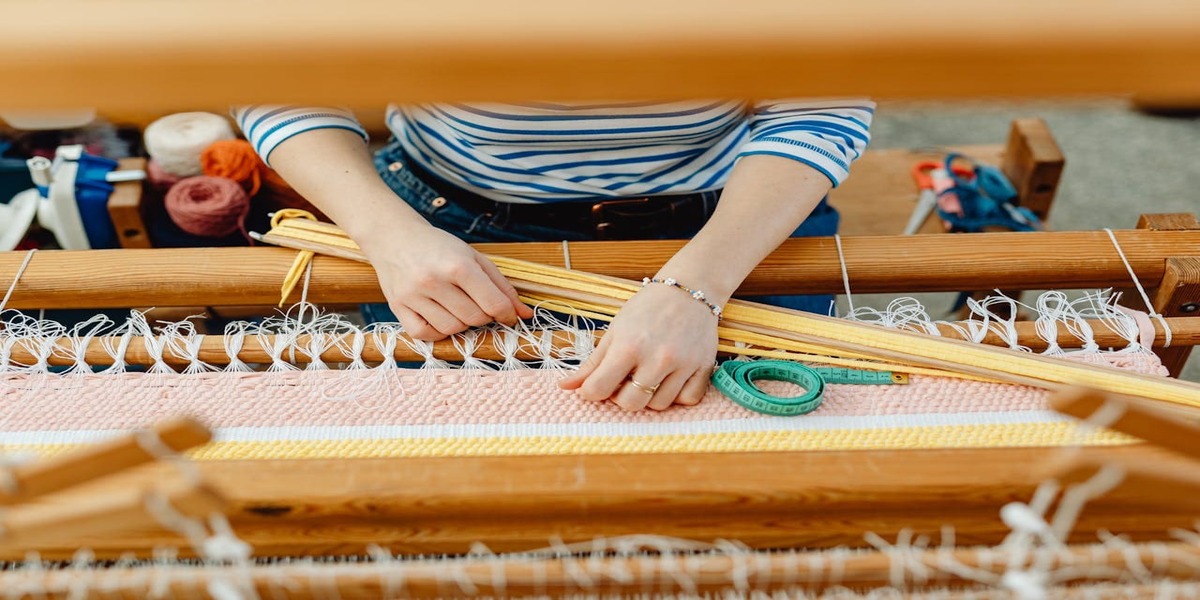Textile Industry: Trends and Transformation

A quick review of popular textile trade journals, global news magazines, fashion publications, themes of global textile and apparel trade shows, global production statistics, and global import-export news reveals that the following factors may contribute to the continuing adjustment and reshaping of the global textile industry:
Reshoring and Tactical Rebalancing of Supply Sources
Increasing labor costs in traditional manufacturing countries such as China are forcing major importing countries to expand and diversify their supply sources. Recent disruption in manufacturing and transportation activities due to COVID also forced importers to diversify and look for sources that can cut down lead times, transportation costs, and supply chain risks.
Sustainable Practices
There's an increasing emphasis on sustainability throughout the textile supply chain, from sourcing raw materials to manufacturing processes and end-of-life recycling. This includes using eco-friendly materials, reducing water usage, implementing energy-efficient practices, and adopting circular economy principles.
Digitalization
Textile manufacturers are embracing digital technologies like IoT (Internet of Things), AI (Artificial Intelligence), and automation to improve efficiency, reduce costs, and enhance quality control. Smart factories equipped with connected devices and data analytics are becoming more prevalent.
New Industry Emergence Facilitated by Technological Advances
Advances in textile technologies such as 3D knitting and weaving, digital printing, emerging new materials, and sensor-embedded smart textiles are promoting new manufacturing facilities in developed countries. Possibilities for new and unique designs, functionality, and product performance are expanding rapidly.
Enhanced Transparency
Transparency and traceability are being improved due to consumer demand. Manufacturers are implementing blockchain and other technologies to track the journey of materials from source to finished product. This trend promotes ethical and sustainable practices.
Focus on Slow Fashion
While fast fashion continues to dominate the market with its rapid production cycles, there is also a rising interest in slow fashion. This trend is characterized by sustainable and ethical production, product quality and durability, and timeless design.
Online Shopping and Digital Commerce
The shift towards online shopping continues to reshape the retail landscape, influencing textile manufacturers to adapt their marketing strategies, distribution channels, and product offerings to cater to the growing demand for digital retail purchases.
Personalization
Consumers increasingly seek personalized and customizable textile products, driving manufacturers to adopt flexible production processes that accommodate smaller batch sizes and faster turnaround times.
These trends are likely to drive the continuing evolution of the textile industry.
Frequently Asked Questions
1. What is the new technology in textile manufacturing?
Textile manufacturing involves not just one but several different technologies. For example, spun yarn is produced using multiple technologies and so are woven and knitted fabrics and sewn garments. If I look at and analyze what technology is penetrating and making a significant impact on all sectors of the industry, I have to say it is Artificial Intelligence (AI).
2. How has the increase in labor costs in countries like China influenced the trend of reshoring the textile industry?
The main problems that have made the Chinese textile industry somewhat less competitive in recent years are the increasing labor cost, the gradual reduction of government subsidies offered to the industry, and the burden associated with mitigating pollution.
Many price—and value-conscious importers from developed countries are shifting to other supply sources that offer a realtive advantage.
3. What is the global market scenario for the textile industry?
Consumers, especially those from developed countries, are beginning to value environment-friendly products made from natural fibers. Traditional chemicals that are harmful to the earth are finding replacements. New technologies that ensure a good fit without the need to touch and wear garments are promoting more and more online trade and e-commerce.
4. How can textile manufacturers balance the need for eco-friendly materials with the demand for high-performance textiles?
Where high performance is a critical requirement such as in healthcare and injury prevention applications, lack of eco-friendliness is more tolerable. Commodity products used for everyday wear are receiving greater scrutiny for eco-friendly behavior.
Comments
No comments yet. Be the first to comment!
